We have answered questions such as what nonmetals are used in the production of disinfectants that we need most during the pandemic, where they are used, what are their properties. However, we also discussed whether nonmetals, which have the opposite structure of metals, are insulators, how they are structured, and what is their difference with metals.
We all know about metals. They conduct heat and electricity, but also the opposite of metals. nonmetals exists. Nonmetals have very different properties from metals and have almost nothing in common. Although nonmetals are very sensitive and have different properties, their properties vary according to the carbon atom in them.
Nonmetals are also used in areas we never imagined. Especially in the field of cleaning, most of the cleaning materials we use contain nonmetals. If you use sink cleaners, we can say that nonmetals help you a lot during the day. If you wish, without further ado, What are nonmetals, how are they structured, where are they used? Let’s answer questions like:
Nonmetals are quite different from metals and semi-metals. different they have a structure. If we are to summarize nonmetals, we can most clearly and unequivocally say “elements that do not contain any metal properties”. Because they do not pass heat and electricity like metal, they do not fulfill any current duty. Although nonmetals are the opposite of metals, they have a wide range of uses. When we look at the periodic table, only 11 of the 118 elements in total have a nonmetallic structure. Nonmetals occupy very little space on the periodic table. But when we look at nature, they can be found in a fairly large proportion, although their number is small.
For example, living things in our world need nonmetals in order to carry out their vital activities. Because so much of our water and air nonmetals borne by.

- Nonmetals are extremely brittle.
- Nonmetals have a matte structure.
- They can make physical changes according to the room conditions they are in.
- It does not conduct electric current at all, but provides heat conduction at a very low level.
- and – can form charged ions.
- When we look at their last layer, they definitely contain H (1), 4, 5, 6, 7 electrons.
- They appear in nature in an atomic as well as molecular form.
- Melting and boiling points are lower than metal elements.
- They can easily form compounds with metals or other nonmetals.
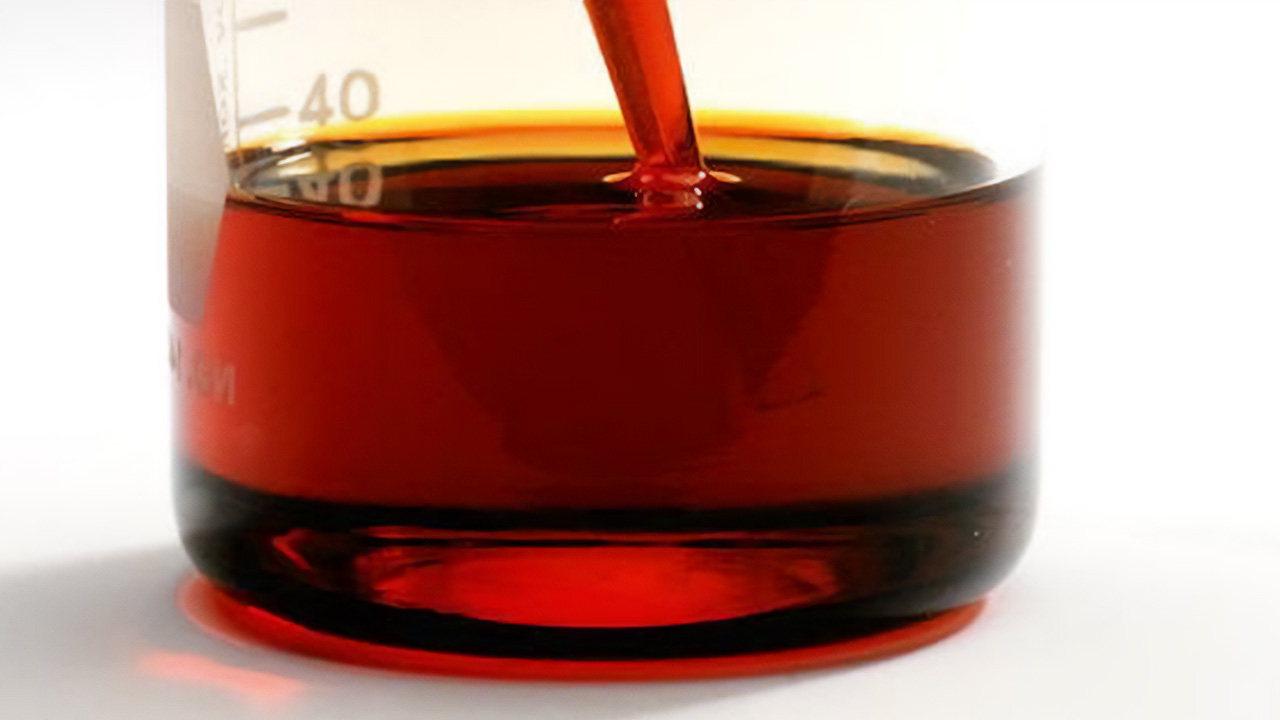
- Nitrogen, oxygen, hydrogen can exist in gaseous form
- The element bromine can be found in liquid form.
- Iodine, carbon and sulfur elements can be found in solid form.
nonmetalsmay vary according to the temperature of the environment in which they are located. For example, nitrogen, chlorine, hydrogen, and oxygen are gaseous at room temperature. Bromine is known as a liquid nonmetal. Elements such as phosphorus and sulfur are solid at room temperature. To summarize briefly, nonmetals can vary according to the temperature of the room they are in.

- In industrial products
- In neon lighting
- in detergents
- Cleaning swimming pools
- In making Hydrochloric Acid
- In disinfectant production
- Cleaning of drinking water
- In weed removal operations
- In making salt spirit
Generally speaking, nonmetals in the cleaning area it is used quite widely. However, nonmetals are also included in neon lighting. So, even if you don’t really know what it is, nonmetals come in very handy in your daily life. For example, during the pandemic, we need it most. of disinfectants It even contained nonmetals. However, we see that nonmetals are also used in industrial products, which is a very wide area. If you often use swimming pools and enjoy swimming, nonmetals are useful for you. Because chlorine is generally used to clean pools. When we look at the periodic table, we see that chlorine has a nonmetal structure. However, non-metals are also given a great place in the cleaning stages of our drinking water, not only swimming.
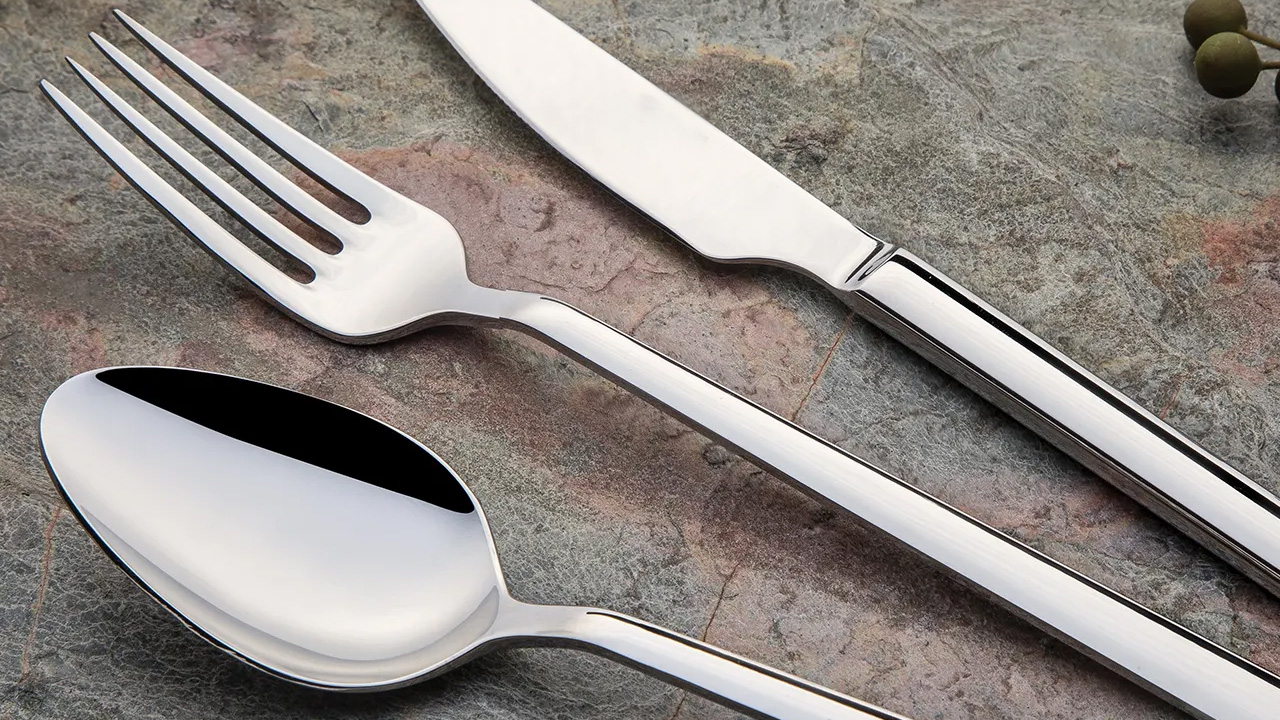
We can say that this question is actually very curious. There is some information that nonmetals are shiny. But unfortunately nonmetals have a shiny structure they are not. Unfortunately, it is not possible to bring them to a shiny structure. In fact, this is another feature that distinguishes them from metals. Because metals are shiny. However, they can easily reflect light. If we make a general summary, metals have a shiny structure because they can easily reflect light and heat, and nonmetals have a matte structure because they cannot reflect heat and light.
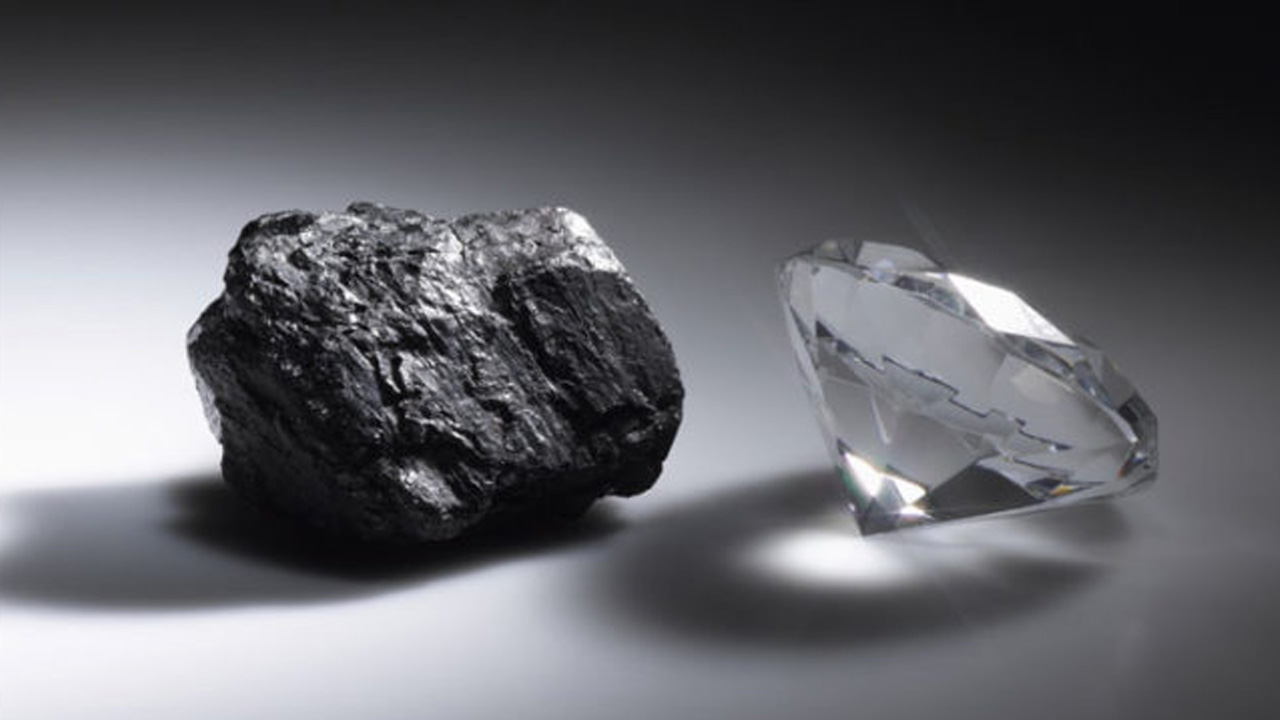
Yes, nonmetals are highly insulating. They do not conduct heat and electricity. They can only transmit a very small amount of graphite. Other than that, they do not transmit in any way. Nonmetals refract or transmit light directly due to their structure. When we examine all nonmetals, we can see that they can be found in nature in a colored or colorless form. As with all their other properties, these properties set them apart from metals. Because metals can easily conduct heat and electricity. Metals are conductive, while nonmetals are completely insulating.
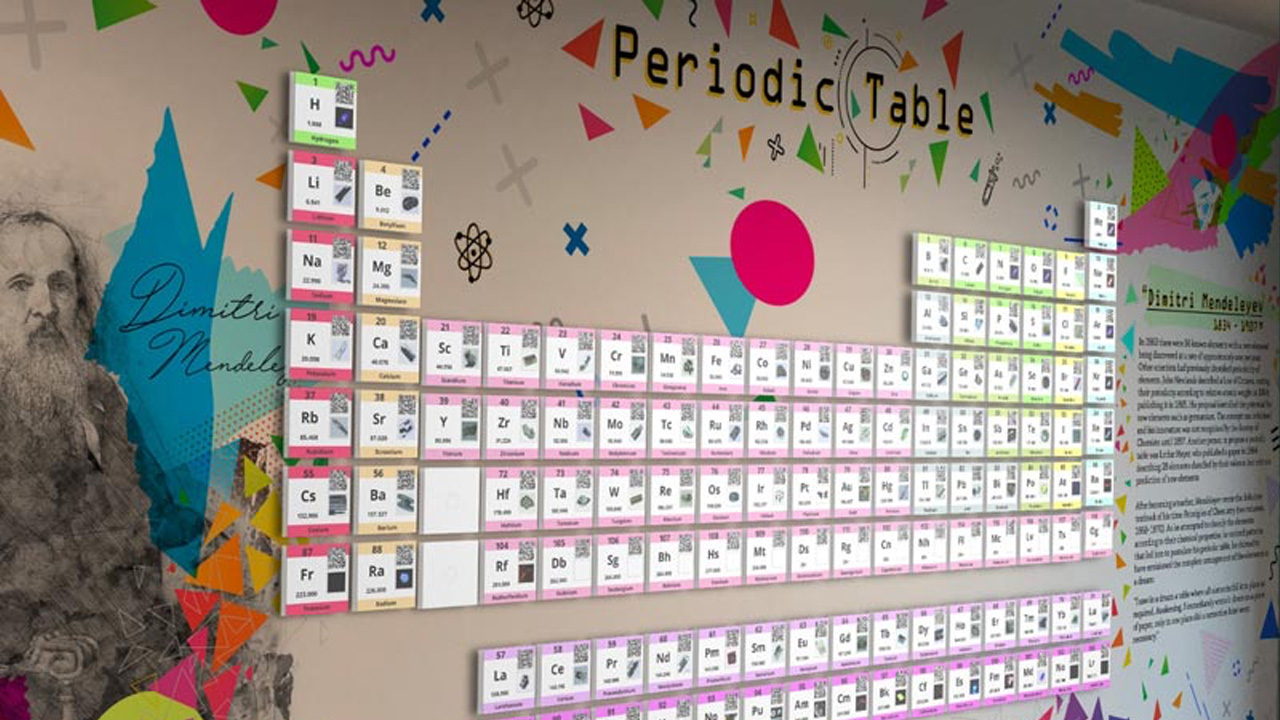
Let’s come to the position of nonmetals in the periodic table. There are 8 A and 8 B groups in the periodic table. Some of them are nonmetal and some of them have metal structure. Groups 1A, 2A and 3A in the periodic table include metals. Of course, hydrogen is not included in them. If we look at nonmetals 4A, 5A, 6A and 7A can be seen in groups. You can easily separate metals and nonmetals in the periodic table by marking the above groups.
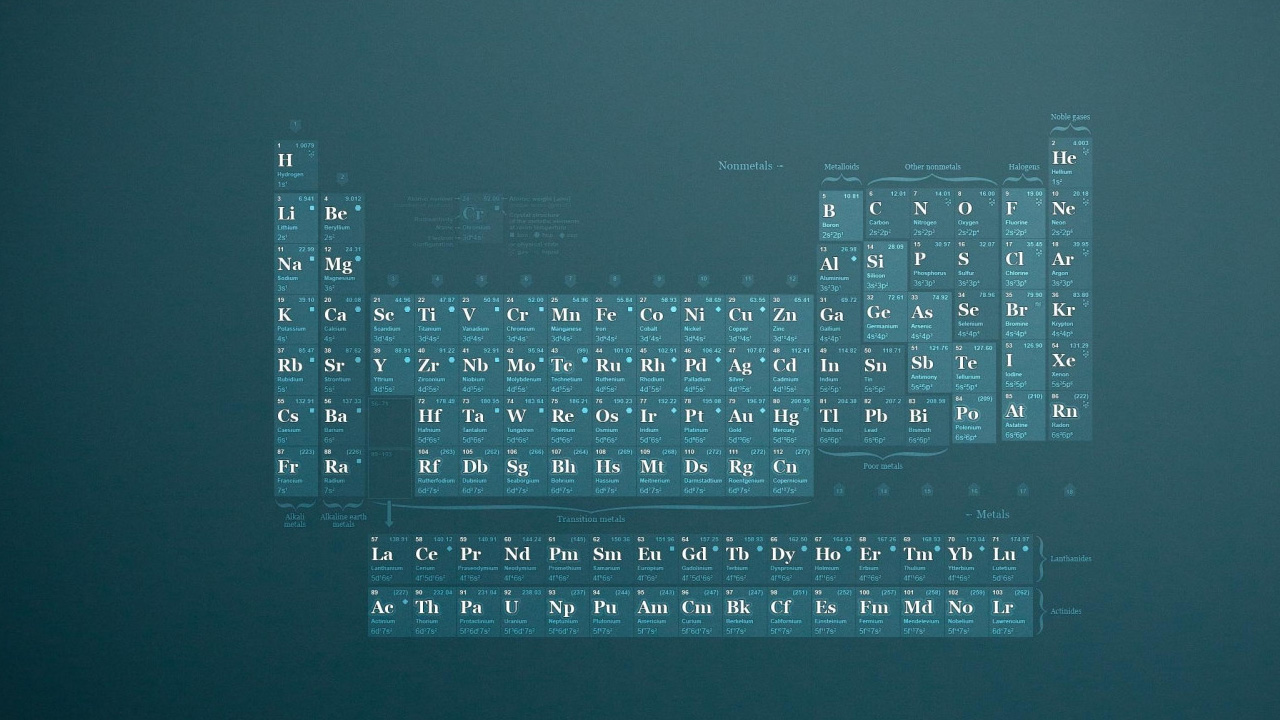
- Iodine (F)
- Chlorine (Cl)
- nitrogen (N)
- Argon (Ar)
- Helium (He)
- Oxygen (O)
- Bromine (Br)
- Carbon (C)
- Sulfur (S)
- Phosphorus (P)
- Selenium (Se)
- Fluorine (F)
A total of 13 elements in the periodic table have a nonmetallic structure. If you can’t find nonmetals by grouping them, you can easily follow these elements. nonmetals You can separate. When separating elements in the periodic table, be sure to follow the correct order. Otherwise, you may produce erroneous results.
For you what are nonmetals, how are they structured, what are they and where to use We answered frequently asked questions such as: We use nonmetals in many areas in our daily life. You may be working with nonmetals every day, especially if you are a frequent cleaner. Nonmetals take up a lot of space in our periodic table, although they may seem small. What do you guys think about nonmetals? Don’t forget to share with us.
RELATED NEWS
